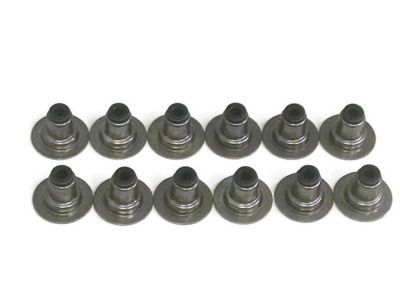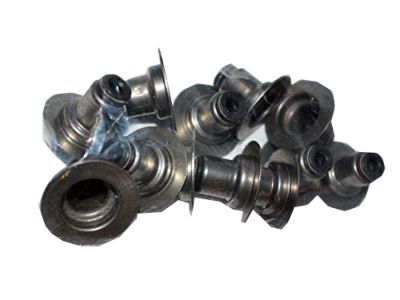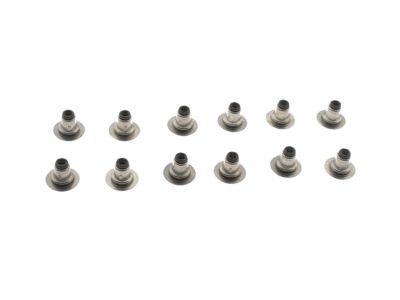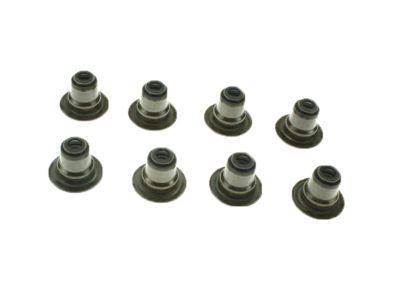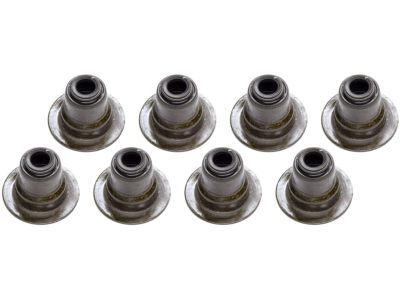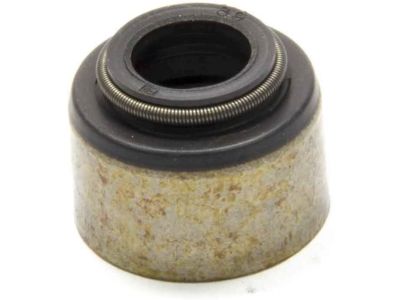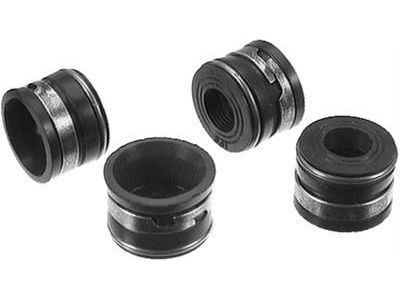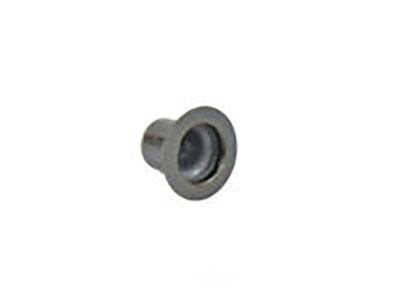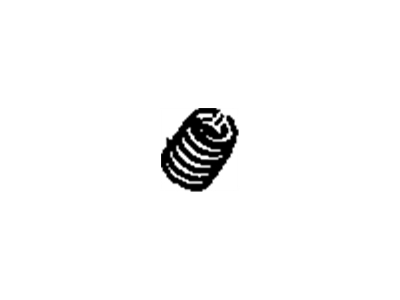
My Garage
My Account
Cart
Genuine Chevrolet Camaro Valve Stem Oil Seal
Engine Valve Seal- Select Vehicle by Model
- Select Vehicle by VIN
Select Vehicle by Model
orMake
Model
Year
Select Vehicle by VIN
For the most accurate results, select vehicle by your VIN (Vehicle Identification Number).
21 Valve Stem Oil Seals found
Chevrolet Camaro Seal Kit,Exhaust Valve Stem Oil
Part Number: 12482062$40.12 MSRP: $69.18You Save: $29.06 (43%)Ships in 1-3 Business DaysChevrolet Camaro Seal, Exhaust Valve Stem Oil
Part Number: 12564852$12.60 MSRP: $15.33You Save: $2.73 (18%)Chevrolet Camaro Seal Kit,Valve Stem Oil
Part Number: 19207664$29.95 MSRP: $49.58You Save: $19.63 (40%)Ships in 1-2 Business DaysChevrolet Camaro Seal Kit,Intake Valve Stem Oil
Part Number: 12482063$36.90 MSRP: $63.11You Save: $26.21 (42%)Ships in 1-3 Business DaysChevrolet Camaro Seal, Exh Vlv Stem Oil
Part Number: 12689006$4.85 MSRP: $7.74You Save: $2.89 (38%)Ships in 1-3 Business DaysChevrolet Camaro Seal, Int Vlv Stem Oil
Part Number: 12689007$5.30 MSRP: $8.46You Save: $3.16 (38%)Ships in 1-3 Business DaysChevrolet Camaro Seal,Valve Stem Oil
Part Number: 10212810$4.99 MSRP: $7.97You Save: $2.98 (38%)Ships in 1-3 Business DaysChevrolet Camaro Seal Assembly, Valve Stem Oil
Part Number: 12653350$4.85 MSRP: $7.73You Save: $2.88 (38%)Ships in 1-3 Business DaysChevrolet Camaro Seal Kit,Exhaust Valve Stem Oil
Part Number: 12457652$20.85 MSRP: $33.24You Save: $12.39 (38%)Ships in 1-3 Business DaysChevrolet Camaro Seal Kit,Valve Stem Oil
Part Number: 12533586$23.42 MSRP: $37.35You Save: $13.93 (38%)Ships in 1-3 Business DaysChevrolet Camaro Seal,Valve Stem Oil
Part Number: 10214034$1.71 MSRP: $2.72You Save: $1.01 (38%)Ships in 1-3 Business DaysChevrolet Camaro Seal, Valve Stem Oil
Part Number: 12668832$3.19 MSRP: $5.08You Save: $1.89 (38%)Ships in 1-3 Business DaysChevrolet Camaro Seal Asm,Intake Valve Stem Oil
Part Number: 88891774$5.68 MSRP: $8.93You Save: $3.25 (37%)Ships in 1-3 Business DaysChevrolet Camaro Seal,Intake Valve Stem Oil
Part Number: 24508663$16.32 MSRP: $25.69You Save: $9.37 (37%)Ships in 1-3 Business DaysChevrolet Camaro Seal Asm,Exhaust Valve Stem Oil (.015 Oversize) *W/Bronze Metal
Part Number: 24508664$16.32 MSRP: $25.69You Save: $9.37 (37%)Ships in 1-3 Business DaysChevrolet Camaro Seal Assembly, Inlet Valve Stem Oil .030" Oversize (Free Of Asbestos)
Part Number: 14037716Chevrolet Camaro Seal Assembly, Intake Valve Stem Oil .015" Oversize (Free Of Asbestos)
Part Number: 14037715
| Page 1 of 2 |Next >
1-20 of 21 Results
Chevrolet Camaro Valve Stem Oil Seal
Each OEM Chevrolet Camaro Valve Stem Oil Seal we offer is competitively priced and comes with the assurance of the manufacturer's warranty for the part. Furthermore, we guarantee the speedy delivery of your orders right to your doorstep. Our hassle-free return policy is also in place for your peace of mind.
Chevrolet Camaro Valve Stem Oil Seal Parts Questions & Experts Answers
- Q: Can broken Rocker Shaft Spring Kit and Valve Stem Oil Seal be replaced without removing the cylinder head in V6 engine on Chevrolet Camaro?A:Valve springs could be damaged and valve stem seal could be faulty and in most cases to replace these only one needs to take off the Cylinder Head, and one needs two special tools and a compressed air. High plugs, plenum, intake, valve covers, Timing Chains, cams, and rocker assemblies should be installed first. Insert an adapter to the spark plug hole and attach an air hose from an air pressure. Spray compressed air into the cylinder to secure the valves after which, a light knocking on the top of each valve spring retainer frees the valve keeper from the spring retainer to enable the compression of the spring with the help of a valve spring compressor. Pull out the keepers using needle-nose pliers or by using a magnet and thereafter, pull out the valve spring as well as the retainer. If air pressure does not suffice to keep the valve in place, it might be necessary to take off the cylinder head for purposes of repair. Take off the old valve stem seals, remember that intake stem seal is generally thinner than that of exhaust and place a rubber band or tape around the end of the valve stem so that it cannot fall into the combustion chamber when you release the air pressure. Visually check for an indications of wear on the valve stem and check to be sure if it freezes in the guide; if it does then heads will require removal for repairs. Apply pressure on the valve to lock it in then put the new valve stem seals over the ends of the valve guides making sure that an exhaust valve seal is not fitted onto an intake valve. Place the spring and retainer back on to the valve, tighten up the spring until the keepers can be reinserted, and in some cases to secure them, use a drop of grease. Release the pressure from the spring tool to allow the keepers to set properly, disconnect the air hose and lift the adapter from the spark plug hole. Perform the same for the rest of the cylinders; replace the Rocker Arm assemblies, Camshafts, timing chains, and the valve covers. Cranks the engine and examine for any sign of oil leakage and for strange noises, it is recommended that the engine be allowed to run for no less than five minutes before testing acceleration.
Related Chevrolet Camaro Parts
Browse by Year
2024 Valve Stem Oil Seal 2023 Valve Stem Oil Seal 2022 Valve Stem Oil Seal 2021 Valve Stem Oil Seal 2020 Valve Stem Oil Seal 2019 Valve Stem Oil Seal 2018 Valve Stem Oil Seal 2017 Valve Stem Oil Seal 2016 Valve Stem Oil Seal 2015 Valve Stem Oil Seal 2014 Valve Stem Oil Seal 2013 Valve Stem Oil Seal 2012 Valve Stem Oil Seal 2011 Valve Stem Oil Seal 2010 Valve Stem Oil Seal 2002 Valve Stem Oil Seal 2001 Valve Stem Oil Seal 2000 Valve Stem Oil Seal 1999 Valve Stem Oil Seal 1998 Valve Stem Oil Seal 1997 Valve Stem Oil Seal 1996 Valve Stem Oil Seal 1995 Valve Stem Oil Seal 1994 Valve Stem Oil Seal 1993 Valve Stem Oil Seal 1992 Valve Stem Oil Seal 1991 Valve Stem Oil Seal 1990 Valve Stem Oil Seal 1989 Valve Stem Oil Seal 1988 Valve Stem Oil Seal 1987 Valve Stem Oil Seal 1986 Valve Stem Oil Seal 1985 Valve Stem Oil Seal 1984 Valve Stem Oil Seal 1983 Valve Stem Oil Seal 1982 Valve Stem Oil Seal




